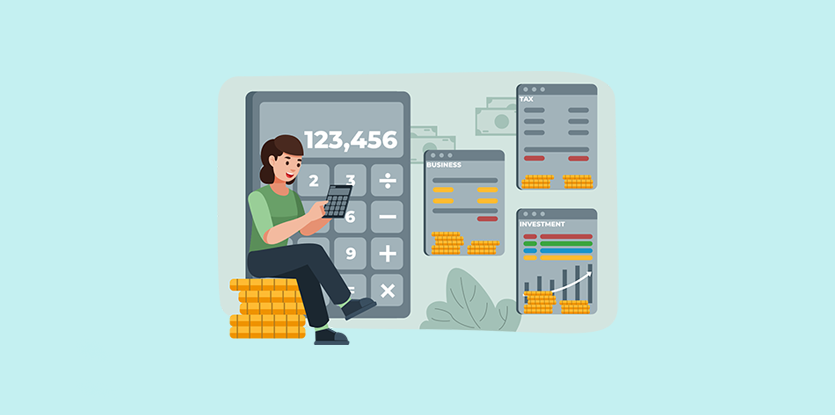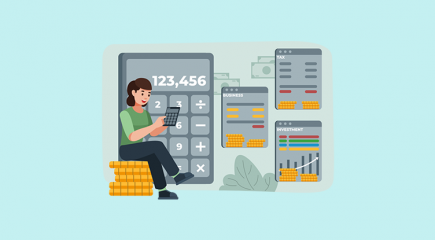The operating profit margin is a profitability measuring tool that shows the profit a company has generated after shelling out its operational costs, such as the raw materials or wages. The financial ratio is expressed as a percentage and shows how profitable a company is at managing the expenses and expenses incurred during its operations. Additionally, the profit made from normal business operations and not from one-time or unique transactions.
The operating profit margin is also referred to as:
- Operating profit ratio,
- Earnings before interest rates (EBIT)
- Return on sales (ROS)
- Operating income margin
It is a critical ratio to both investors and creditors because it shows how profitable and robust the company is doing business. For instance, a company that has 40% of its revenue from its operations means the company is running smoothly, and the income can support its operations. It also shows that the company is dependent on its operational revenue. Thus, if the company fails to operate, as usual, it will have to develop new ways of generating income. On the contrary, creditors and investors will question a company that can generate only 5% of its revenue as operating income.
How to Compute the Operating Profit Margin
Operating Profit Margin = Operating Income / Total Revenue * 100
The Operating Income = Gross Profit – Operational Expenses
You can find the variables needed for calculating a company’s operating profit margin on its income statement.
Example
Suppose a company has net sales revenue of $2,000,000. And $800,000 cost of goods sold and operating expenses of $ 300,000. The operating profit margin will be:
Operating Profit Margin = (2,000,000-800,000-300,000) = 900.000 / 2,000,000 = 0.45 0r 45%
It means that the company makes 45% for every dollar of sales before taxes and interest have been deducted.
The exclusion of other taxations, income, and interest expenses from the formula provides a better metric ratio for measuring a business’s primary financial performance compared to the net margin ratio. The ratio emphasizes the company’s recurring profits affected by tax rates, once-in-a-lifetime gain, and changes in the gearing level.
Operating profit margin is different from gross profit in that its calculation does not include non-production expenses such as general and administration, selling, and distribution expenses.
A company’s operating profit margin is an excellent indicator of its health because it removes all the unnecessary factors such as economic value or cash flow. It’s different from net income as it does not include the expenses of taxes and interest. Only the expenses required for the business activities are included. This is why operating profit also includes depreciation and amortization.
Importance of Operating Profit Margins
- It indicates the financial health of a company. Investors can tell if the company is generating a dollar of revenue from the underlying operations or through other means such as investments.
- It can be used to compare companies within an industry and with competitors. For instance, a company with a net profit margin of 9%, whereas its competitors are at 15%, is at a financial risk than a company with a 9% ratio whose competitors are at 10%.
- A company can also compare a single profit margin across multiple quarters or financial years to determine whether the business is getting more profitable and efficient over time.
A company with a high operating profit margin can:
- Survive economic contractions.
- Comfortable pay for their interest on debts and fixed costs.
- Be more competitive as they are capable of offering lower prices compared to their competitors.
Disadvantages of the Operating Profit Margin
- It does not indicate the probability of future operations nor any qualitative information about a company.
- After calculations, the results will be false if incorrect financial statements or accounting data prepared using unreliable accounting standards are used.
- The ratio cannot be used as a single metric measure. It needs to be compared to other profitability ratios, between companies or over time.
The operating margin is different across industries and is usually used to measure or benchmark a company against other companies in the same sector. It reveals the top performers and suggests the need to investigate further why a particular company is lagging or outperforming its peers. It is a broad indicator of a company’s efficiency. It can assess how efficient a company runs its operation compared to its industry or competitors.
An Options Strategy for Every Situation
An investor’s approach to every trading scenario will determine his rate of return. Every scenario is a correct strategy that will benefit the investor the most. In almost every circumstance, applying an option strategy will significantly benefit the investor. Not only would it allow the investor to make more money by using less capital, but it will also allow them to hedge themselves to ensure the lock in profits. If you’re ready to take your trading to the next level, sign up for our free course can help you get there. Click here to get started now.


